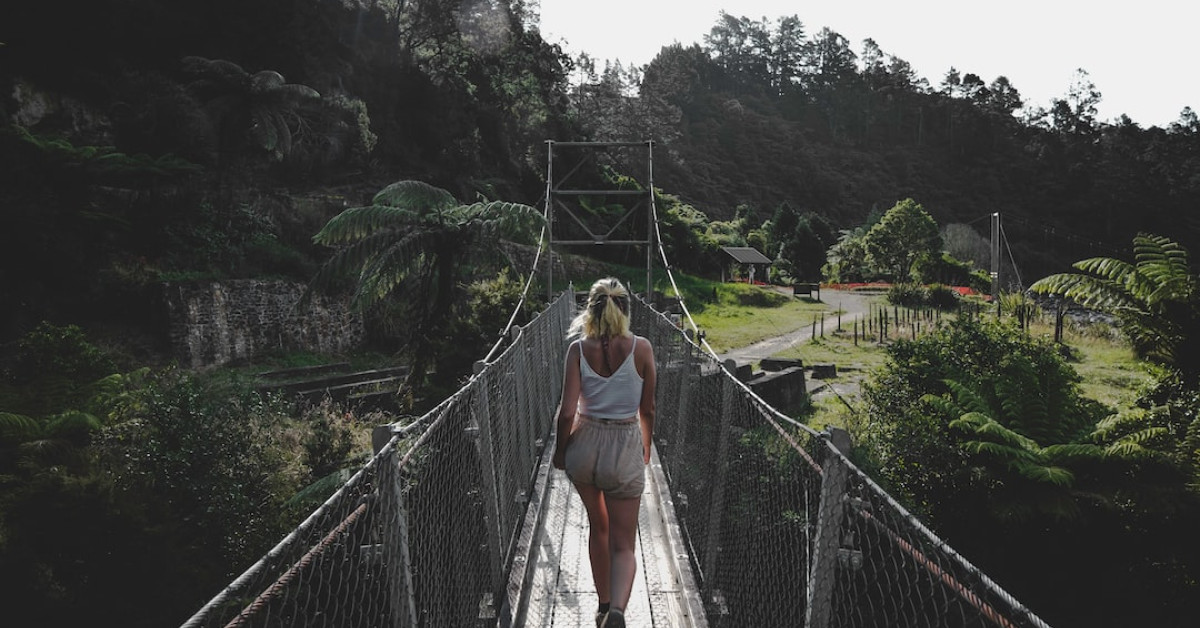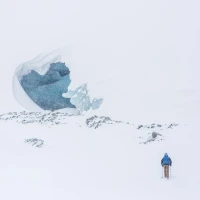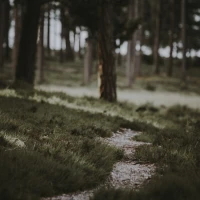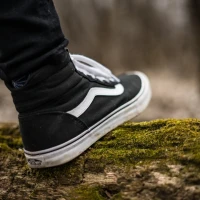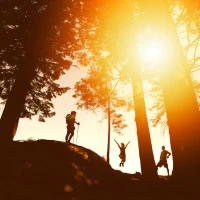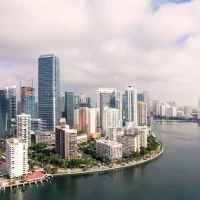In a world that moves at breakneck speed, tranquility and rejuvenation often seem like elusive treasures. Yet, nestled within nature’s embrace, trekking offers a unique escape, combining the beauty of untouched landscapes with the therapeutic rhythm of footsteps on a trail. Recovery trekking isn’t just about physical endurance; it’s a spiritual odyssey, a chance to refresh your mind, revitalize your body, and renew your spirit. This ultimate guide to recovery trekking will lead you through transformative paths, unveiling how each stride can be a step towards personal healing.
Trekking, an adventure that threads its way through diverse terrains, can be as much about internal discovery as it is about exploring the great outdoors. The resurgence of trekking in recent years underscores its unparalleled ability to act as a holistic remedy for the stress and fatigue that afflict many in our contemporary lives. With the right mindset and preparation, recovery trekking can become a cornerstone in your journey to wellness and resilience.
Embracing the Tranquility: Understanding Recovery Trekking
Recovery trekking is a fusion of physical exertion and mental clarity, where individuals embark on clipart hiking journeys with an emphasis on healing and personal growth. It’s not just a leisure activity but a form of ecotherapy—immersing oneself in the natural environment for psychological and physical recuperation.
What Makes Recovery Trekking Unique?
- Connection to nature
- Accessibility for various fitness levels
- Opportunity for introspection and solitude
- Comprehensive health benefits, including stress reduction and improved cardiovascular health
Preparing for Your Trek: The Essentials to Pack
Before you set out on your restorative trek, meticulous planning is crucial. From selecting the right gear to understanding the terrain, preparation ensures a safe and fulfilling experience.
Gear and Equipment: Striking the Balance Between Comfort and Functionality
The right gear is the linchpin for a successful trek. It’s a hybrid of personal comfort and practicality. Items to consider include:
- High-quality, weather-appropriate clothing
- Sturdy, comfortable footwear
- Lightweight backpack with waist straps
- Hydration systems (water bottles or hydration packs)
- Navigation tools (maps, compass, GPS device)
- First-aid kit
Remember: The goal is to be prepared, not overburdened. Strike a fine balance between necessities and luxuries.
Nutrition and Hydration: Fueling Your Body
To maintain high energy levels and optimal health during your journey, proper nutrition and hydration cannot be overstated.
- Water: essential to stay hydrated
- Balanced meals: combining proteins, carbohydrates, and fats
- Snacks: such as nuts, fruits, and energy bars
- Electrolyte replacements, if necessary
The Physical and Mental Health Benefits of Trekking
Recovery hiking vs trekking draws its power from the incredible health benefits it offers to those who participate.
Cardiovascular and Muscular Health
Through the physical challenge, trekking bolsters your hemountain clip art health and muscle strength, enhancing endurance over time.
Mental Clarity and Stress Relief
The repetitive motion and natural surroundings contribute profoundly to mental health, acting as a meditation in motion, clearing the mind, and easing stress levels.
The Art of Mindfulness: Embracing Each Step
In recovery trekking, mindfulness isn’t just a practice; it’s a mode of being. Becoming attuned to the environment, your breath, and your thoughts reinstate a harmonious balance in your life.
Techniques for Mindful Trekking
- Deep breathing: taking slow, deliberate breaths
- Sensory awareness: paying close attention to the sights, sounds, and smells around you
- Pace regulation: walking at a rhythm that promotes contemplation
Destinations to Inspire: Recovery Trekking Hotspots
From the lush paths of the Appalachian Trail to the serene vistas of Patagonia, the world is full of destinations that are perfect for recovery trekking.
Iconic Locations for Transformational Treks
- The healing landscapes of Iceland
- The peaceful trails of the Japanese Alps
- The spiritual walks of the Camino de Santiago
Cultivating Resilience: Post-Trek Recovery and Reflection
The journey does not end when the trek does. Integrating the experiences and lessons learned into your daily life is crucial for long-term benefits.
Reflecting on Your Journey
- Journaling: documenting thoughts and insights from your trek
- Sharing stories with fellow trekkers and a supportive community
- Applying mindfulness techniques in everyday settings
Building a Sustainable Practice
Recovery trekking can evolve from an occasional escape to a regular part of your lifestyle, reinforcing a resilience that weathers all storms.
Strategies for Continual Growth
- Regularly scheduling shorter local treks
- Setting long-term trekking goals
- Joining a trekking or hiking group for motivation and camaraderie
Conclusion: The Path Ahead in Recovery Trekking
The art of recovery trekking is as profound as it is simple. It’s a return to the basics—movement, nature, breath—and through it, we find complex healing and profound peace. Embracing rejuvenation of the spirit and resilience of the body, we understand that every trek, every path, and every step is an opportunity to recover not just from the physical demands of life but from the mental and emotional as well.
Whether you’re a seasoned trekker or a novice eager to explore the road less traveled, the journey to recovery through trekking is open to all. As you prepare to set forth on your next trek, remember that beyond the physical preparation, it is the openness to experience, the willingness to receive nature’s wisdom, and the courage to confront one’s own inner landscape that make the trek truly transformative.
The trail awaits, and with each step, the promise of rejuvenation, clarity, strength — your ultimate guide to recovery trekking has laid the path, now it’s time to walk it.
